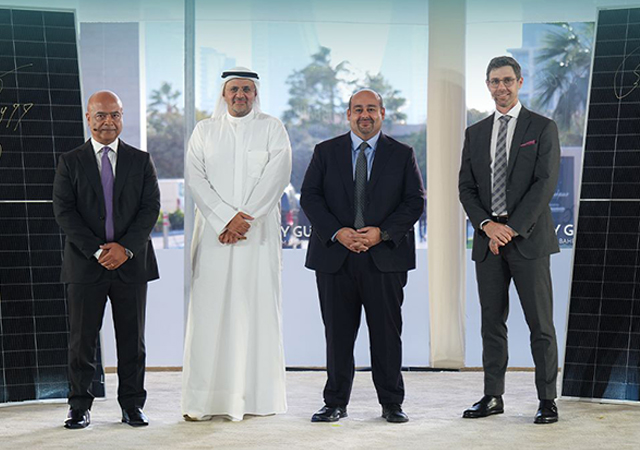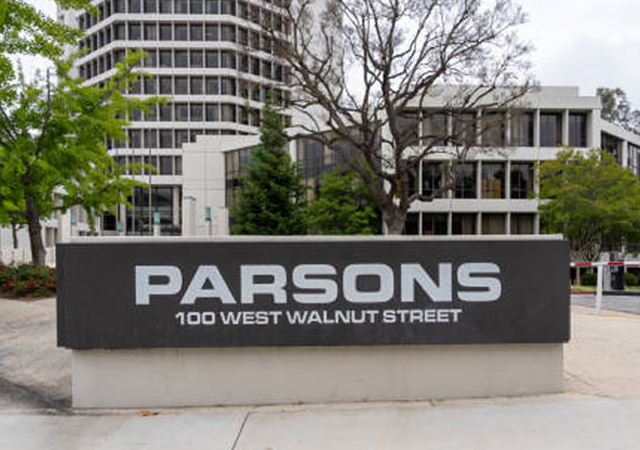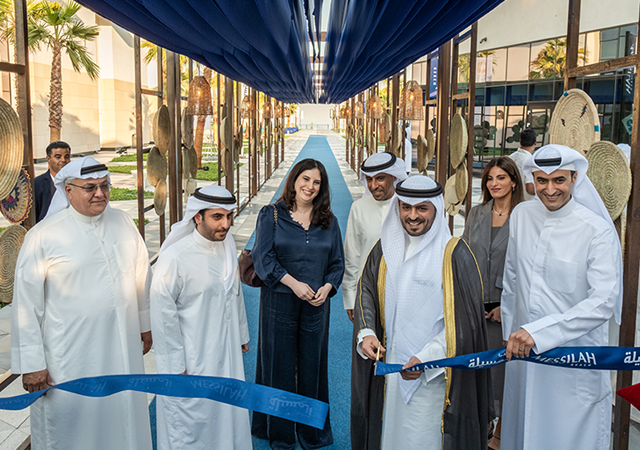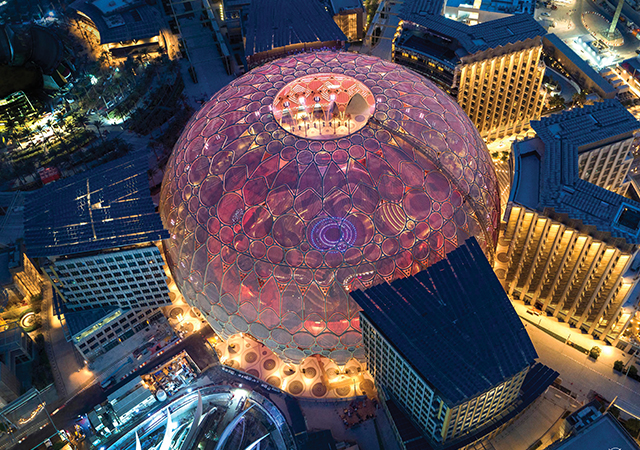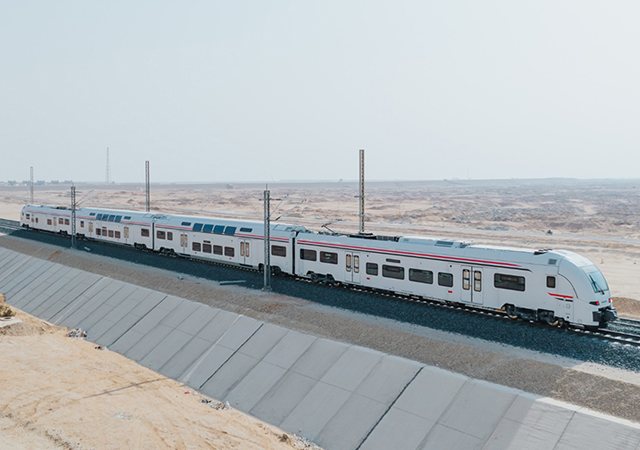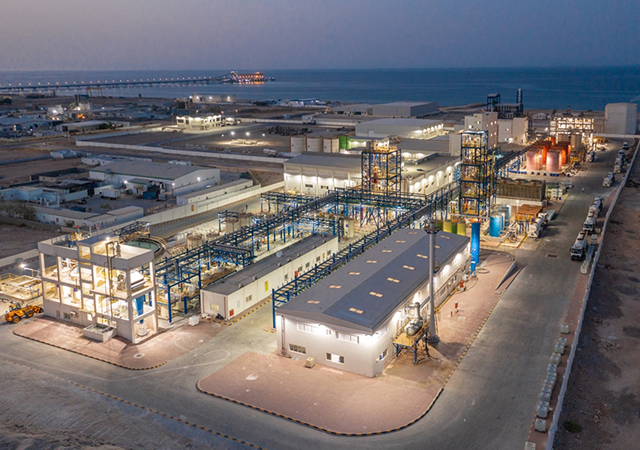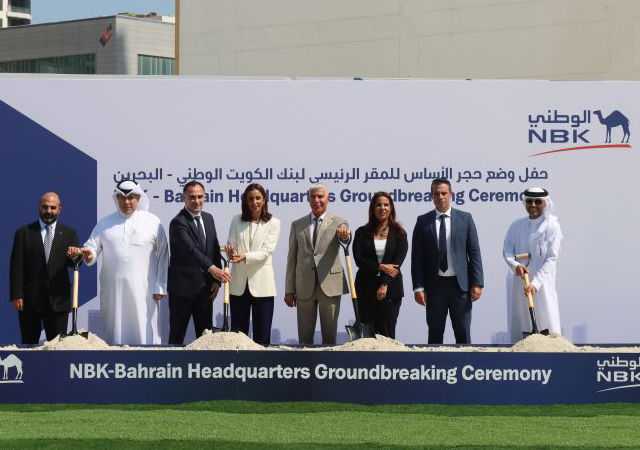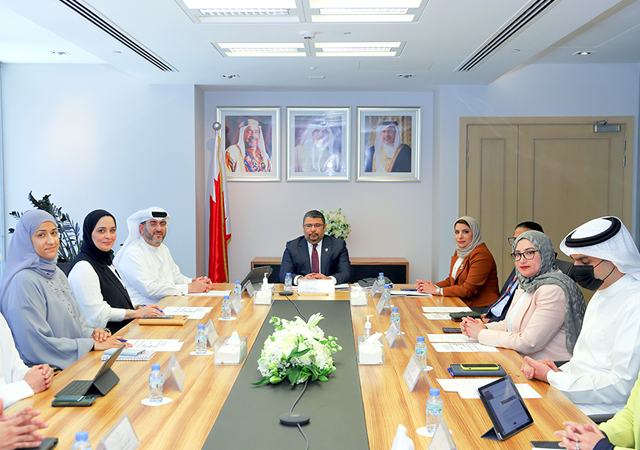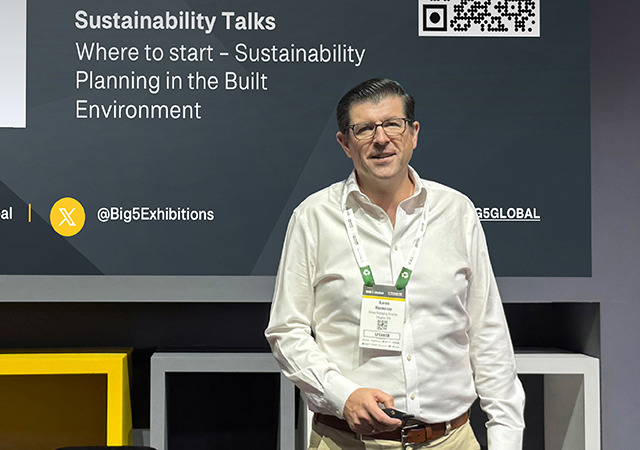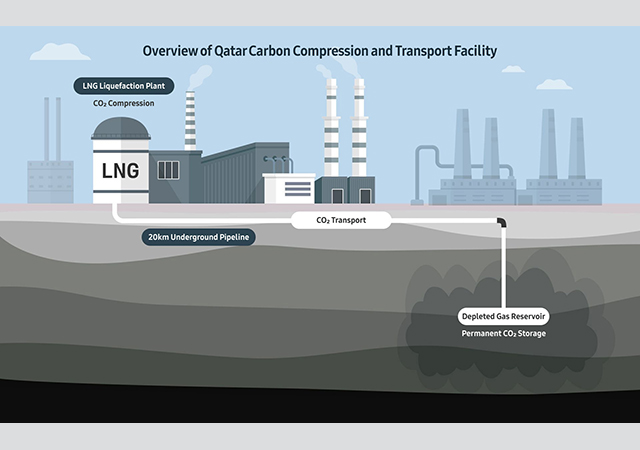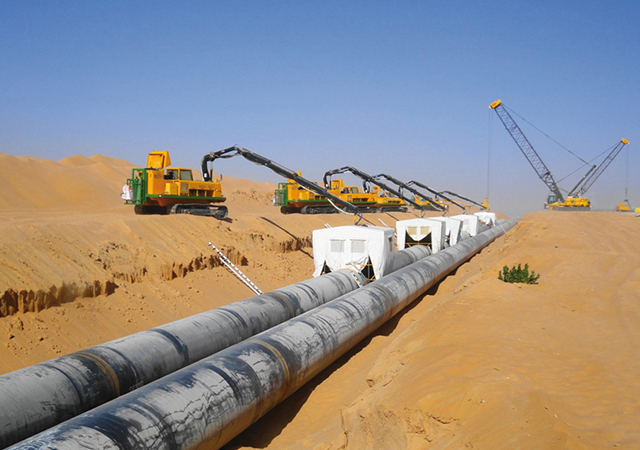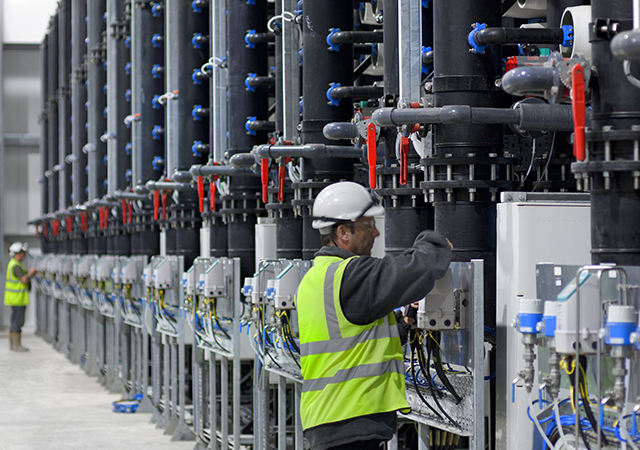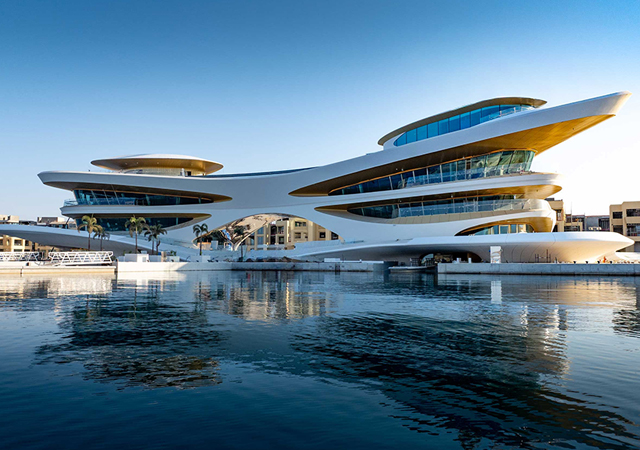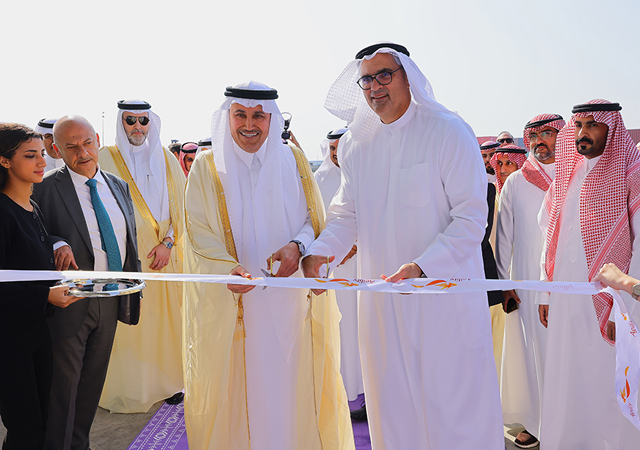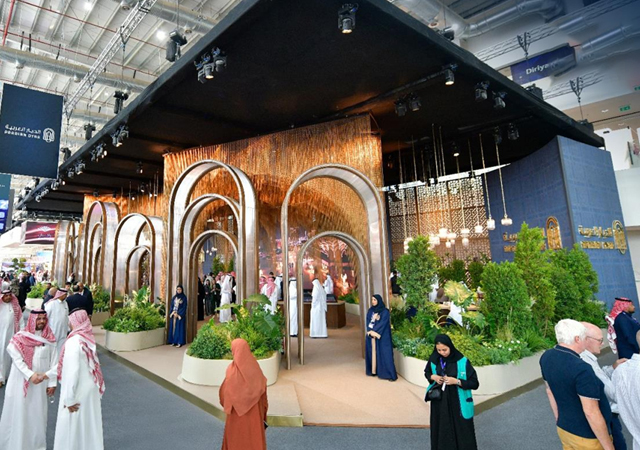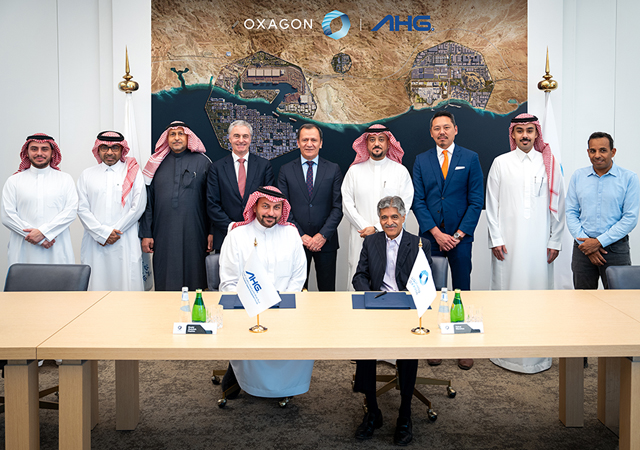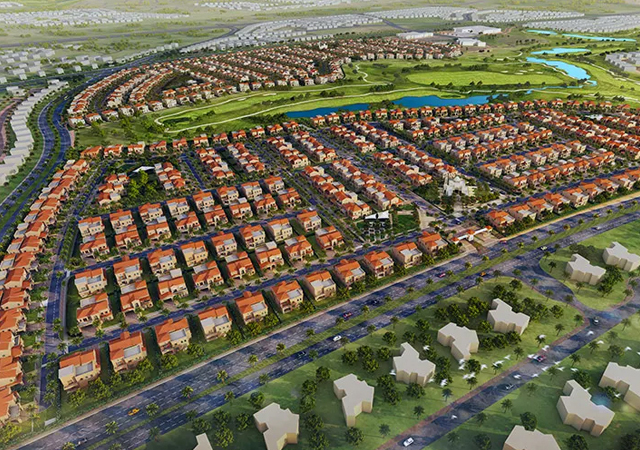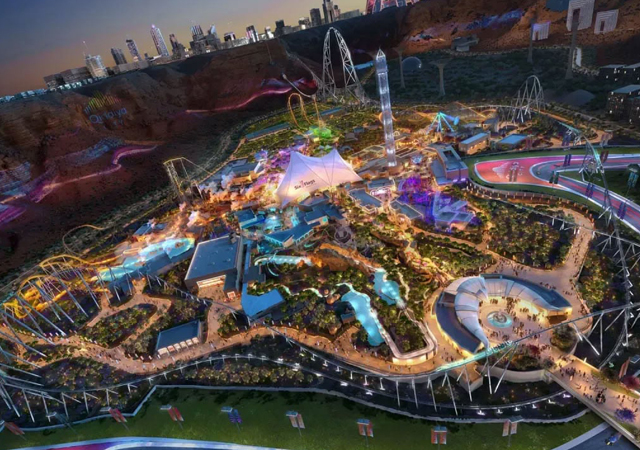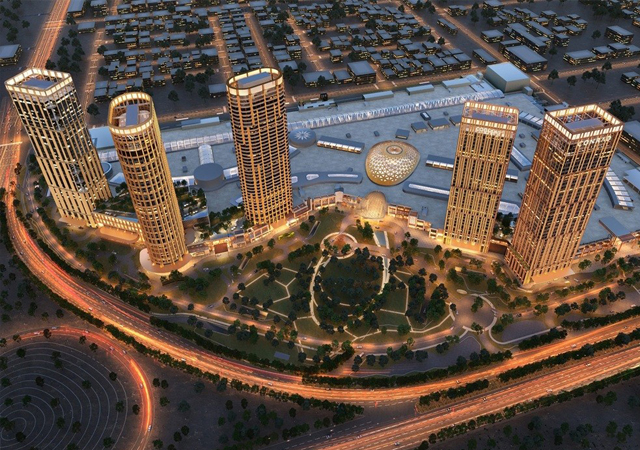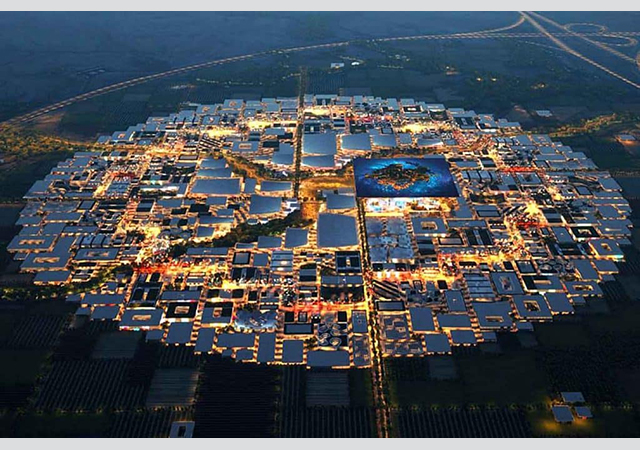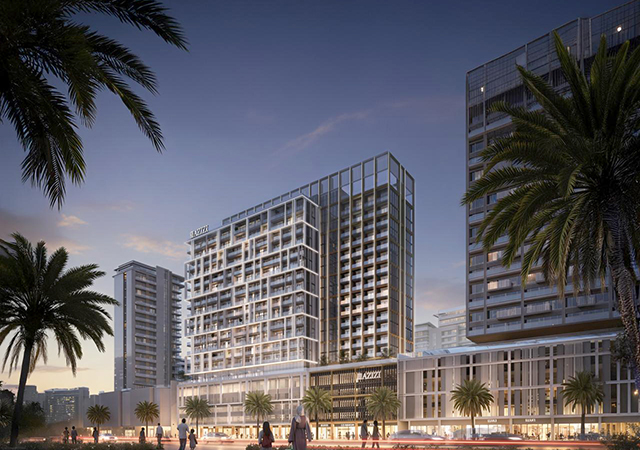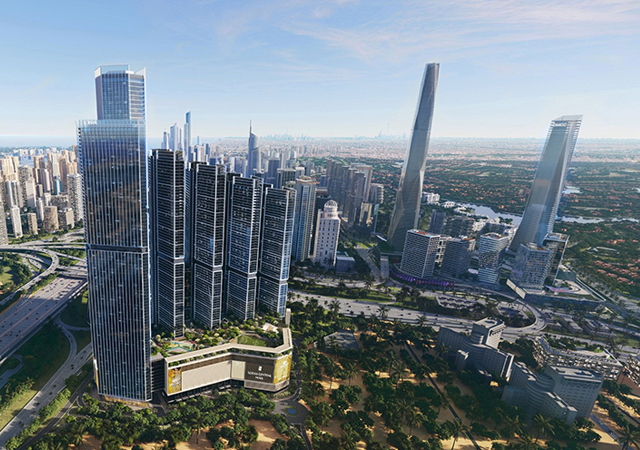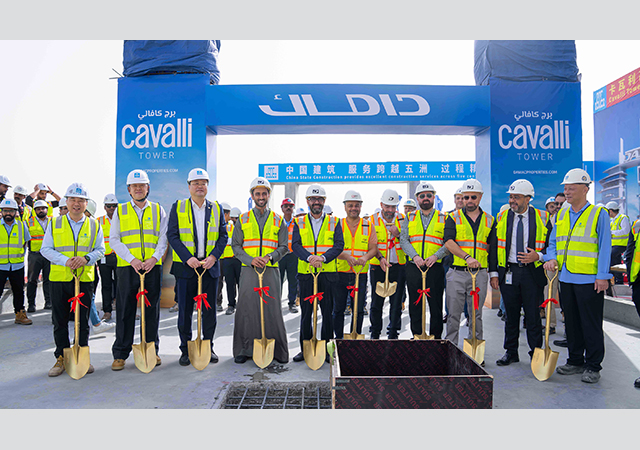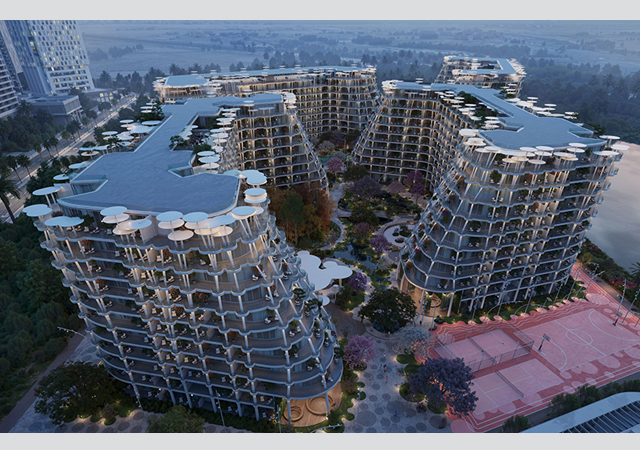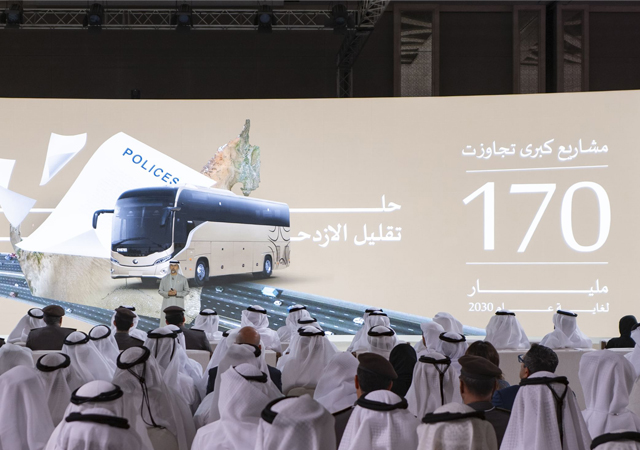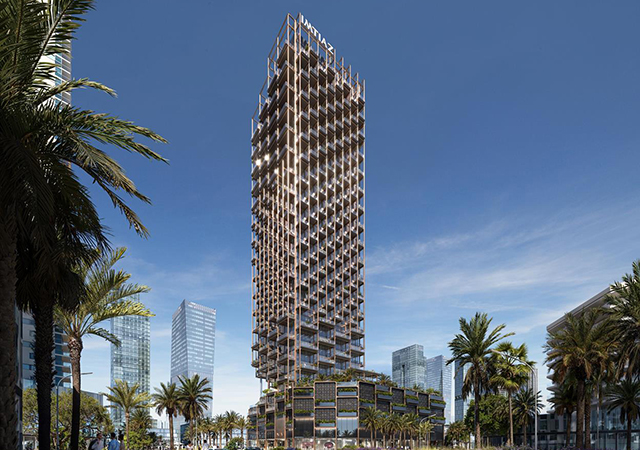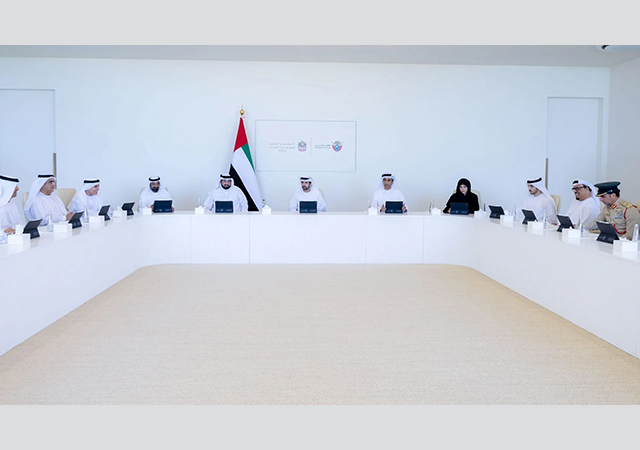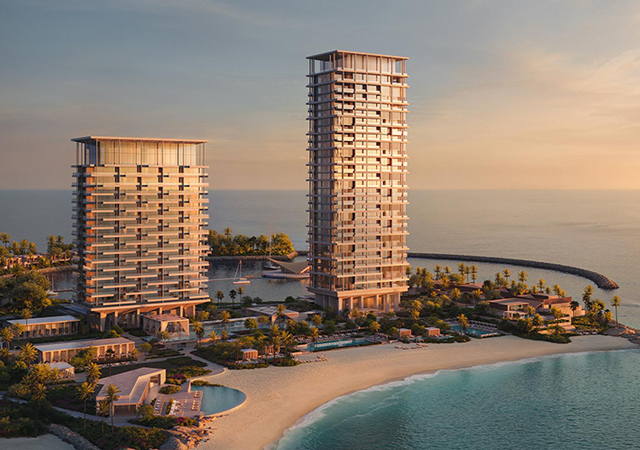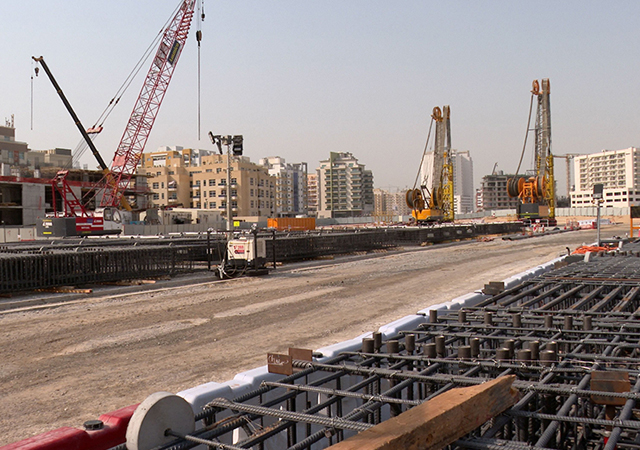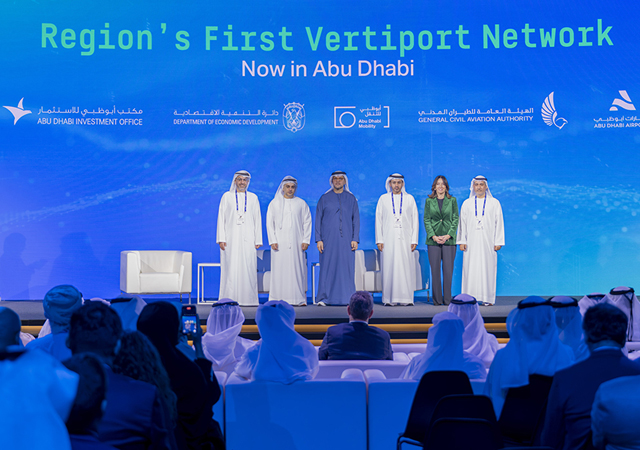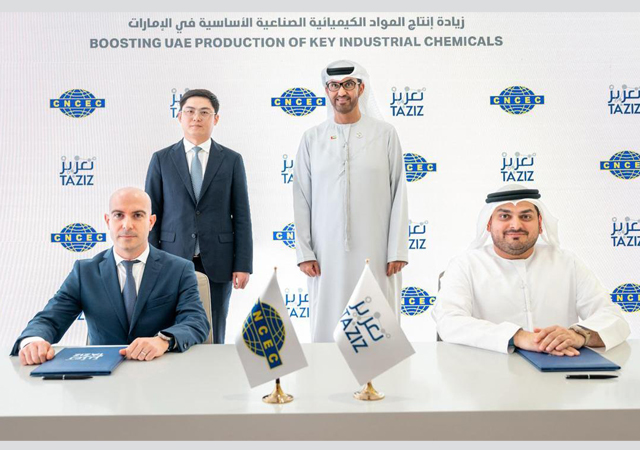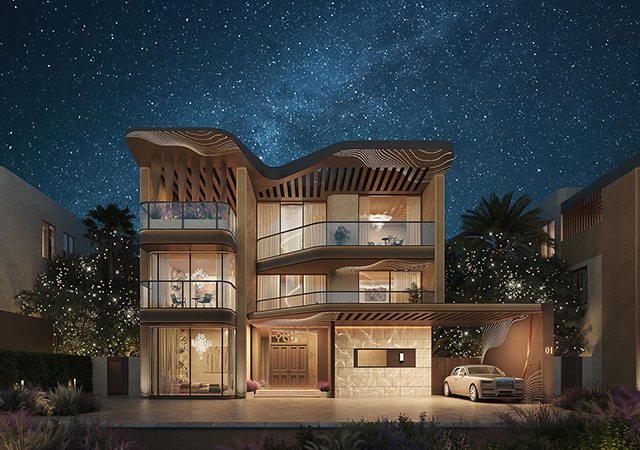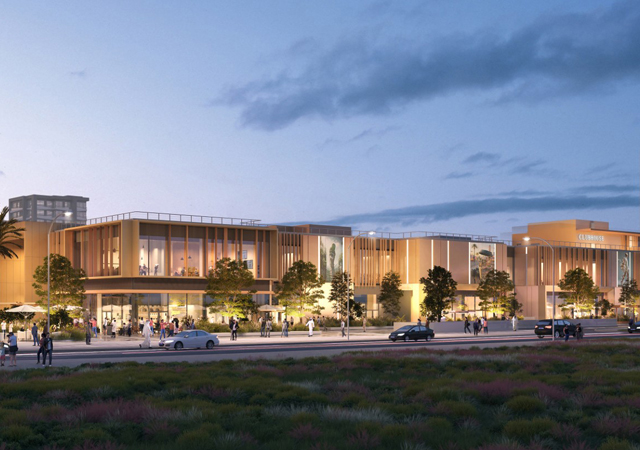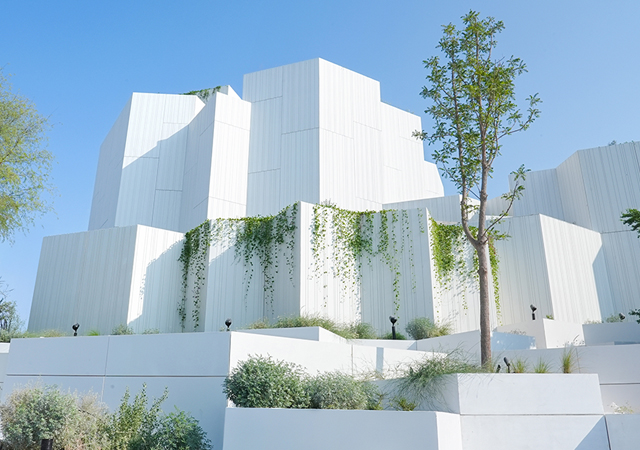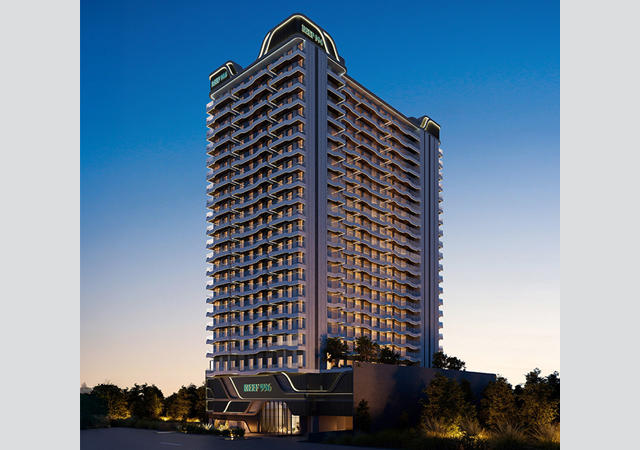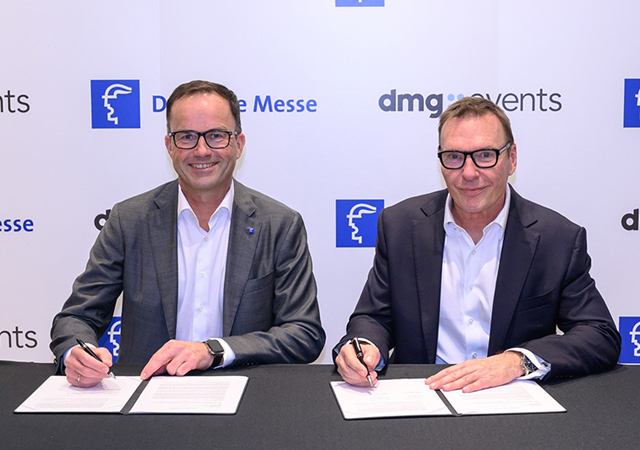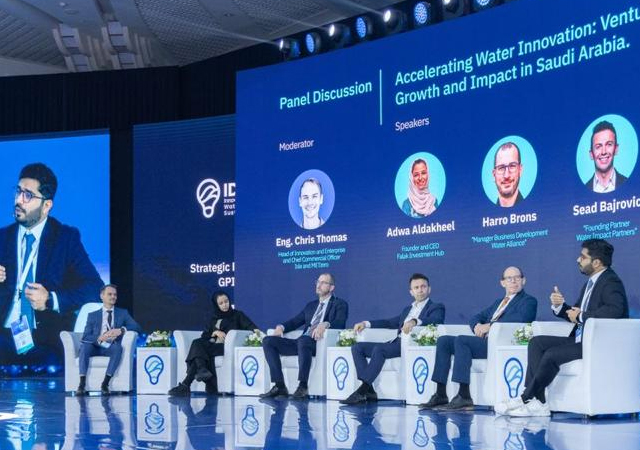
 The Qatar National Convention Centre ... where future planners will meet.
The Qatar National Convention Centre ... where future planners will meet.
THE construction of one of the Middle East’s largest convention and exhibition centres, the Qatar National Convention Centre (QNCC), is well on track for completion and opening next year.
But even before its completion, the QNCC has already won the distinction of securing a ‘world-first’: The 177,000-sq-m facility will receive the gold standard in the Leadership in Energy and Environmental Design (Leed) green building rating system, which will make it the first conference destination in the world to achieve such an accolade.
“We have placed a great deal of importance on sustainability right from the design stage,” says Paul D’Arcy, general manager, QNCC. “It is a key issue in the industry today and we are committed to ensuring targets are met in areas such as water savings, energy efficiency and indoor environment quality. For example, the centre will house 12,000 sq ft of solar panels occupying 23,000 sq ft of roof area to produce 12.5 per cent of the buildings total electrical requirement.”
The first stage of the centre building is now fully enclosed and work is in progress on sections of the interior, with two of the auditoriums fitted out with tiered seating. The iconic Sidra Tree branch façade is changing colour daily with six undercoats being applied.
The QNCC will also be fitted with the very latest, keeping in view the rapid pace of technological advancements and the demands of tomorrow. “The building has been designed with the very latest technology infrastructure which will allow us to hang the most up-to-date technology off it. We will include systems such as Cisco Tele Presence in the belief that this technology will support our industry rather than detract from it,” says D’Arcy.
Other initiatives include interactive LCD screens for public use measuring 5 m long by 2 m high, radio frequency identification device (RFID) for tracking of delegates as well as building assets and a totally wireless conference management system.
One of the biggest attractions of the building will be its visual appeal, which has been designed by world-renowned Japanese architect, Arata Isozaki. The beauty of such a flexible space is that QNCC can host a number of events at the same time, something that is essential if the centre is to fulfil its mandate to operate as a commercial enterprise.
D’Arcy continues: “Our first high-profile event will be the World Petroleum Congress in December 2011 with around 5,000 attendees. And we expect to have many local and regional events prior to this, the majority being sourced from the various institutes and members of the Qatar Foundation.”
QNCC is committed to positioning Qatar as an inspirational destination to host international conventions. It is, therefore, aware of its responsibility to be actively involved in identifying the challenges facing the meetings industry and the insufficient research data available.
That is why QNCC is one of the first platinum sponsors for the Conventions 2020 strategic research study launched last month (February). Global industry heavyweights, the International Convention and Congress Association (ICCA), Imex Exhibitions, and Fast Future Research are the founders of this research programme designed to take a wide ranging and forward-looking perspective for the future of live events, venues and meetings destinations.
D’Arcy says the research will help shape QNCC’s business model to best meet the needs and demands of the global meetings industry.
Speaking about the challenges faced by a new centre in today’s economic climate, he says: “With Qatar’s vibrant economy having grown at 9.2 per cent last year and expected to reach a staggering 24.5 per cent this year, we have not faced the same challenges as other parts of the world. Infrastructure projects such as the new Doha International Airport, with Phase One to be operational in 2012 and the building of many new hotels have continued at breakneck speed. Their scheduled completion will coincide with the centre’s opening in 2011.”
He adds that meeting planners can be assured that Doha can deliver the support services required, citing the successfully hosting of 13,000 athletes from 45 nations during the 2006 Asian Games.



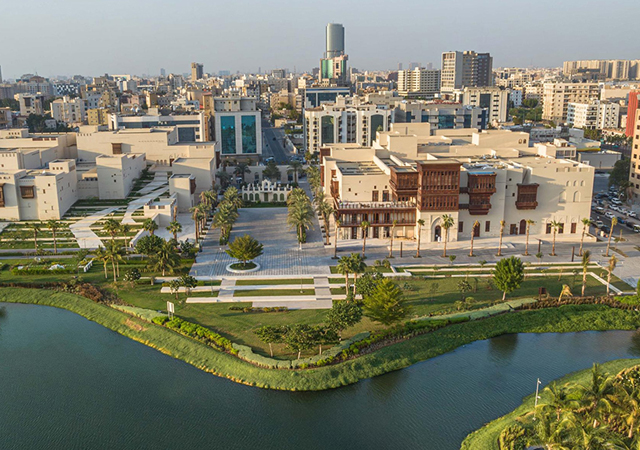
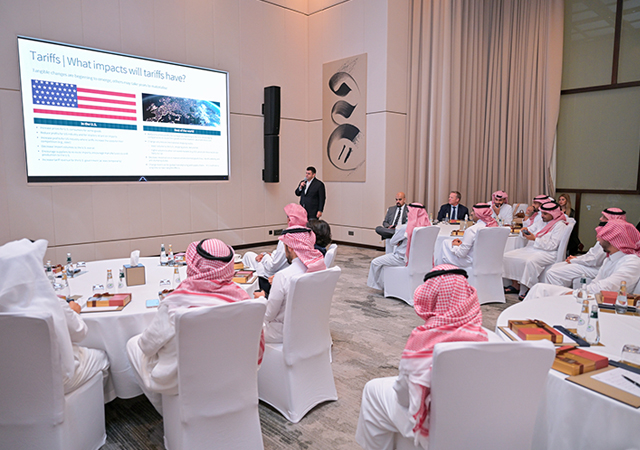
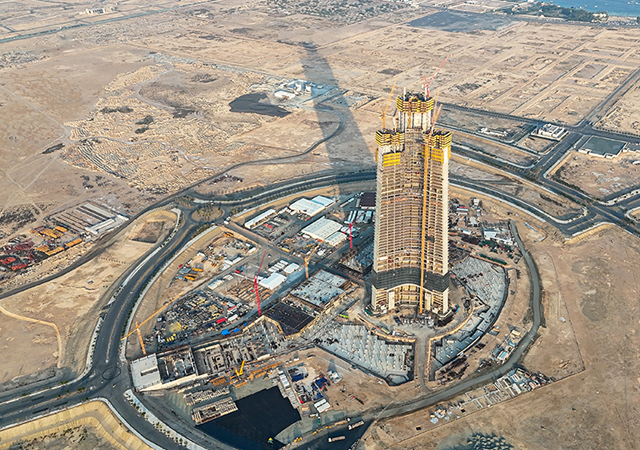
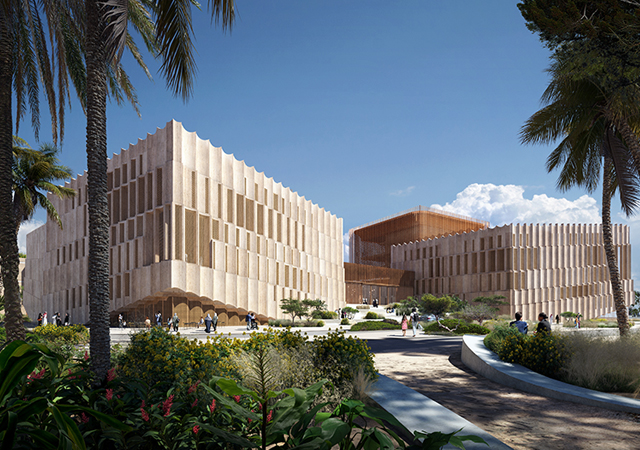
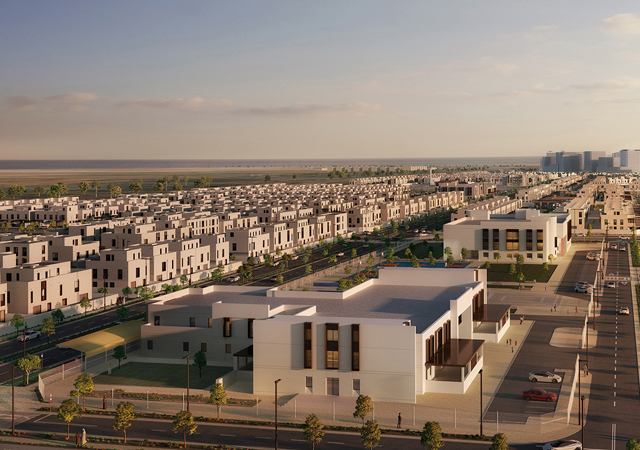
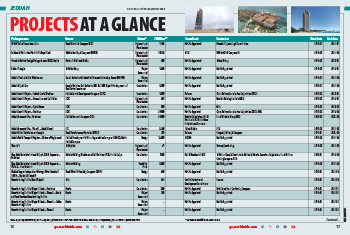
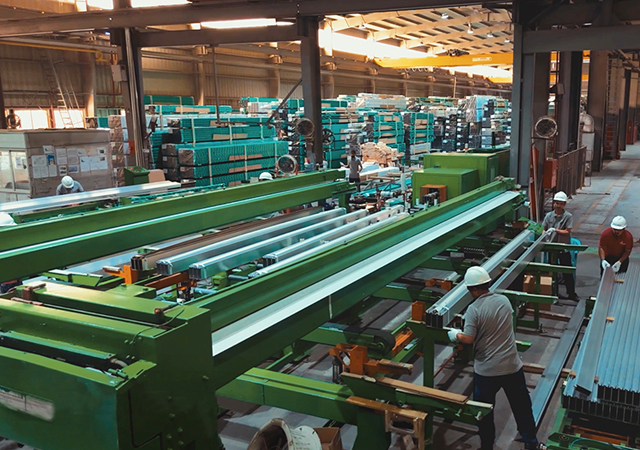

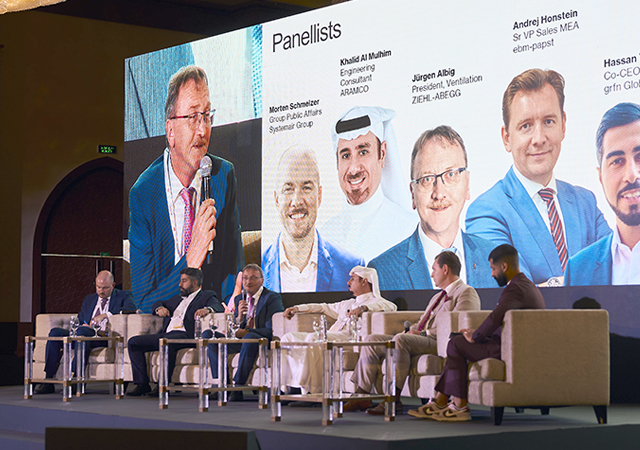
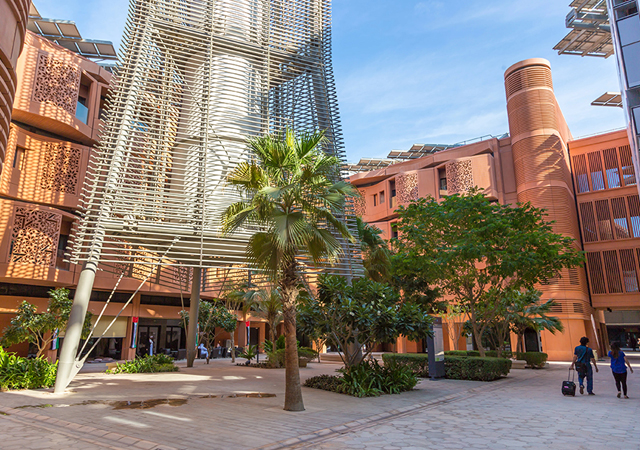
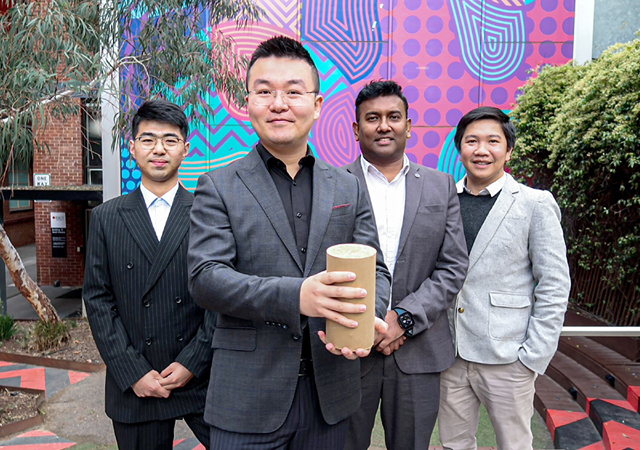
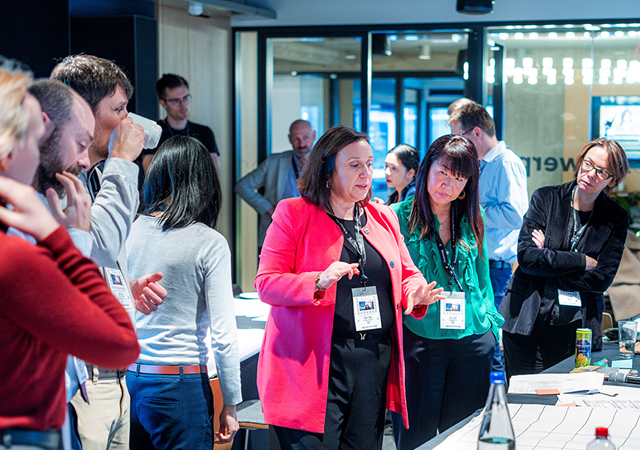

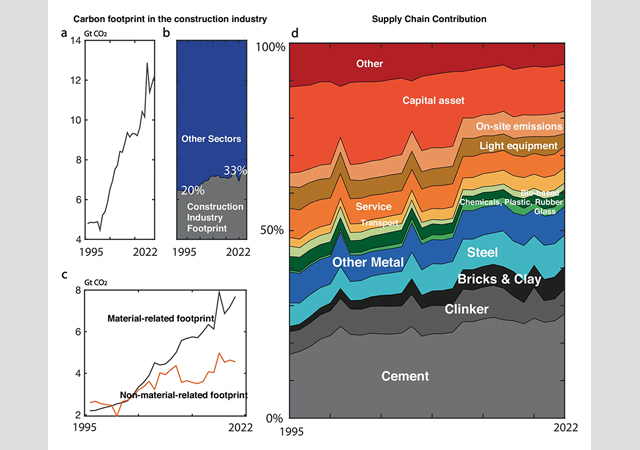
.jpg)
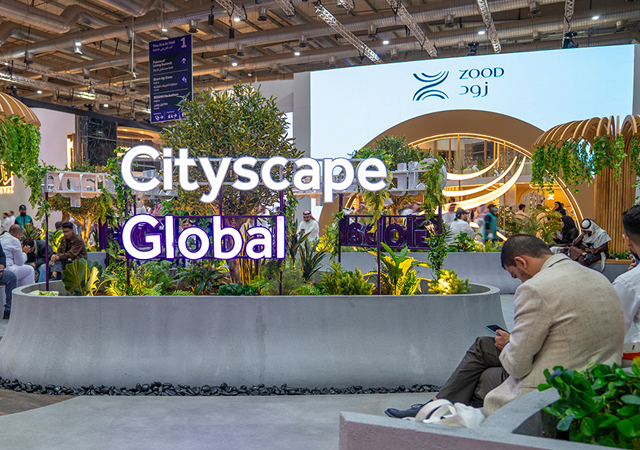
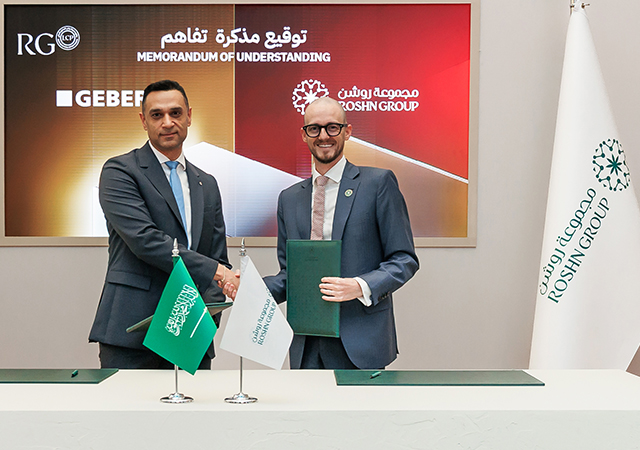
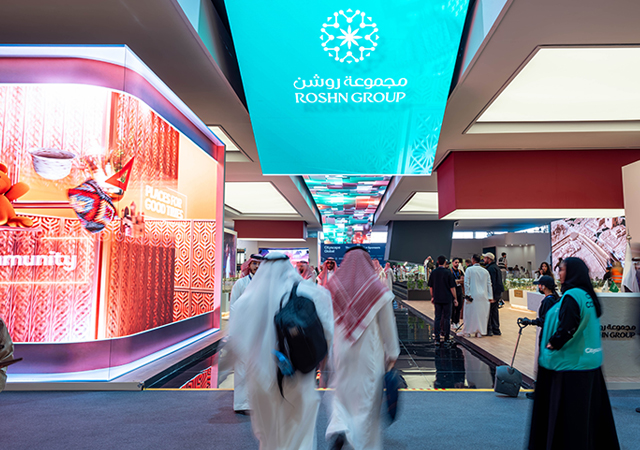
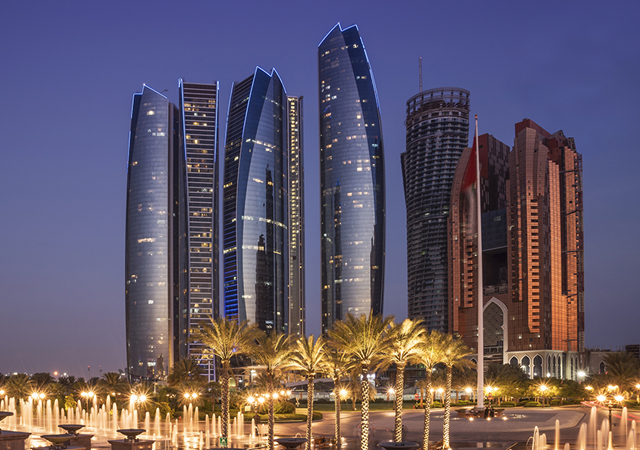
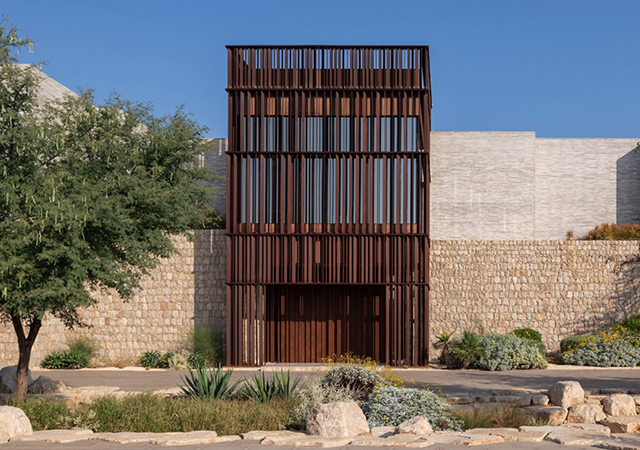
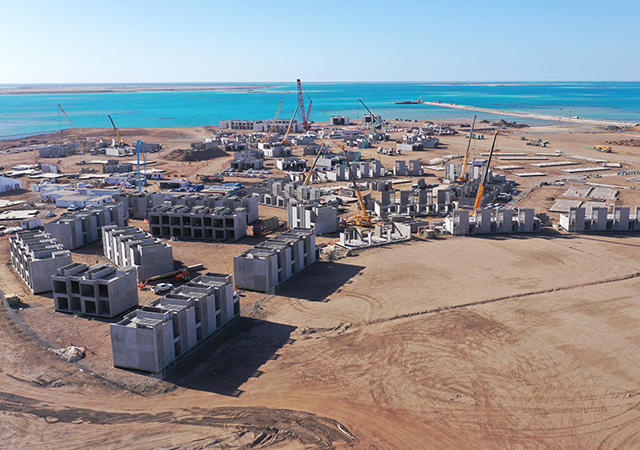
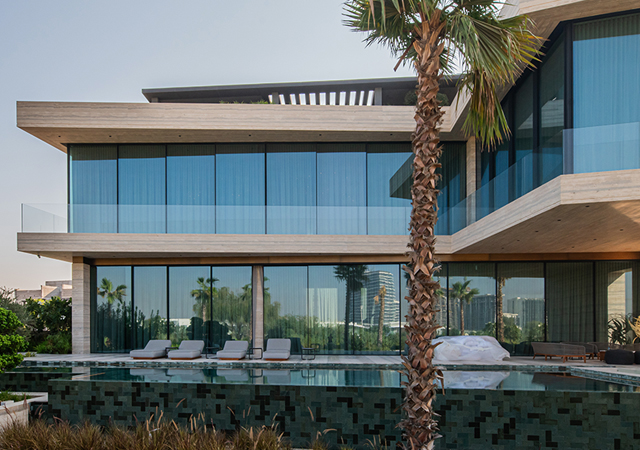
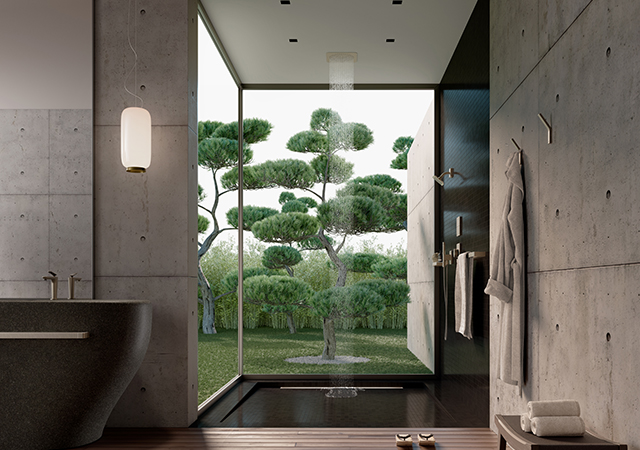
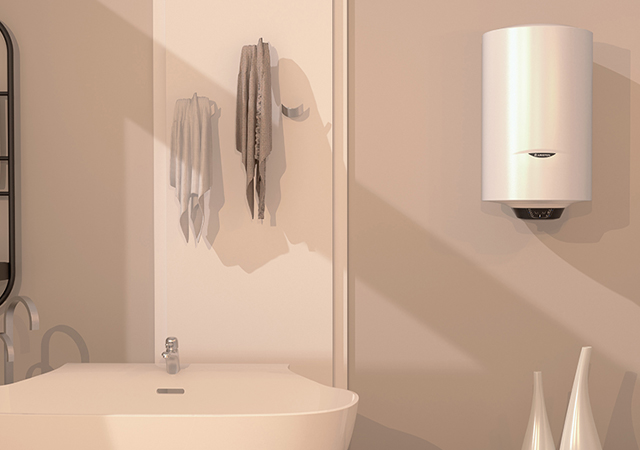


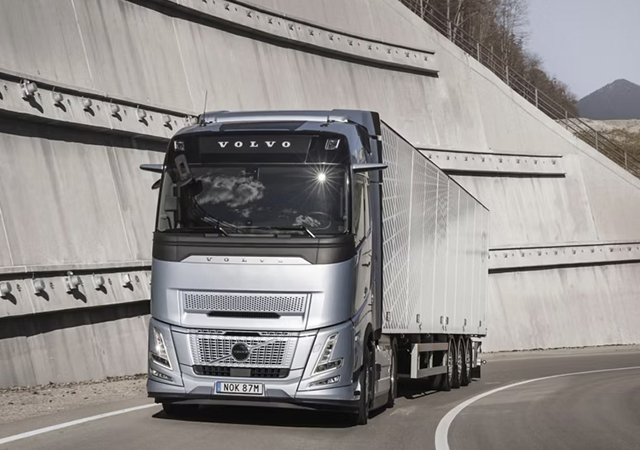
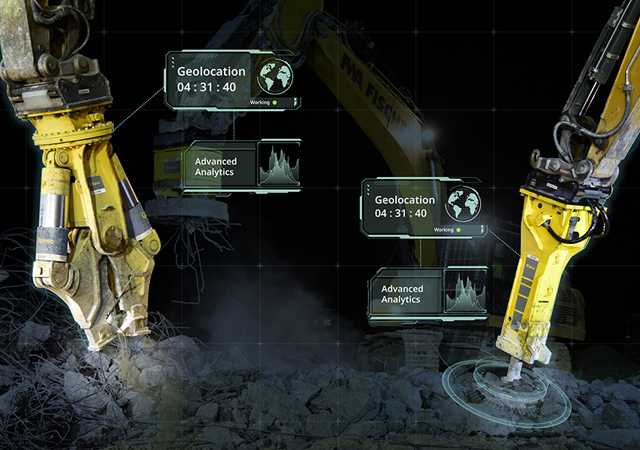
 (1).jpg)

